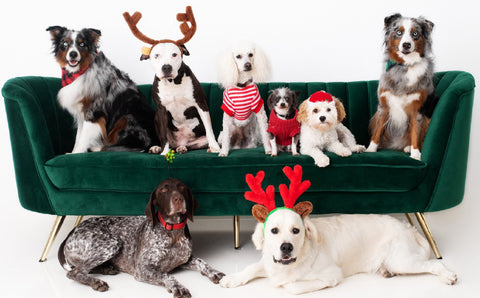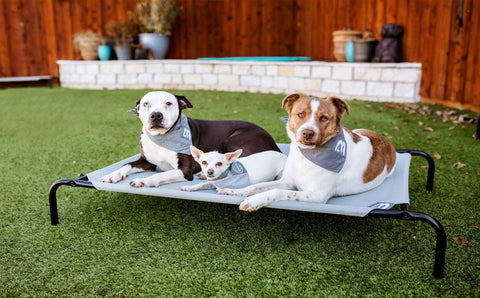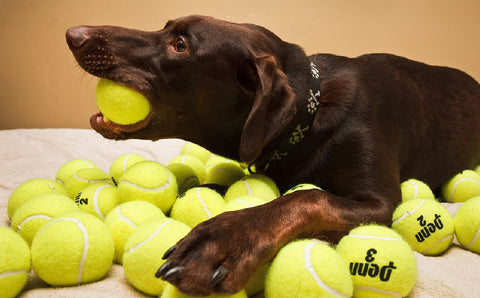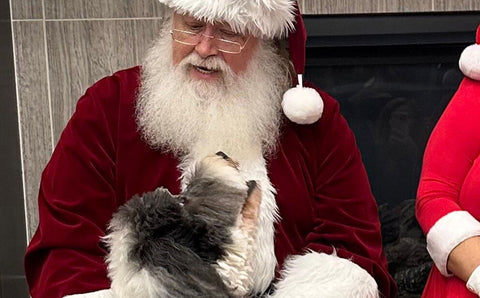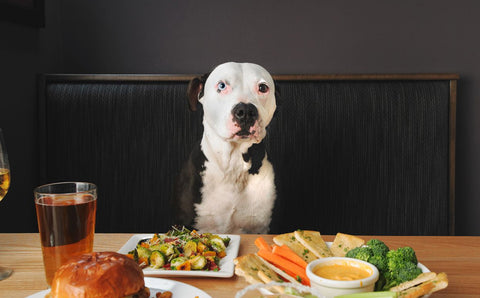Affection is a powerful tool in building a strong and loving bond with your dog. Just like humans, dogs thrive on positive emotions and a sense of security. However, the key lies in understanding when and how to give affection to your furry companion. As a dog behaviorist, I'm here to shed light on why this skill is crucial for dog owners everywhere.
The Importance of Timing:
Timing is everything when it comes to giving affection to your dog. Dogs are highly sensitive to our actions and the environment around them. Knowing when to offer affection can prevent behavioral issues and strengthen your dog's overall well-being.
-
Reward for Good Behavior: One of the fundamental principles in dog training is positive reinforcement. When your dog exhibits good behavior, such as following commands or displaying calmness in stressful situations, timely affection can reinforce that behavior. This strengthens the connection between the action and the reward, making your dog more likely to repeat the desired behavior.
-
Avoiding Misinterpretation: Dogs can misinterpret affection when it's given at the wrong time. If you comfort your dog while they're anxious or fearful, it might inadvertently reinforce their anxiety. Timing affection appropriately helps prevent reinforcing undesirable behaviors.
- After Exercise and Training: Dogs love to play and learn, and after a vigorous play session or a productive training session, affection is a fantastic way to show your appreciation. It also helps your dog wind down and associate training with positive emotions.
The Right Way to Show Affection
Now that we've covered the importance of timing, let's discuss how to give affection to your dog in a way that strengthens your bond and supports their emotional well-being.
-
Physical Touch: Dogs love physical contact, but it's essential to respect their boundaries. Start with gentle petting and gradually progress to belly rubs, scratches, and cuddles as your dog becomes more comfortable.
-
Verbal Praise: Verbal affirmation is another powerful way to express your affection. Dogs can recognize the tone of your voice, so use a warm and soothing tone when praising them.
-
Eye Contact: Maintain eye contact with your dog while showing affection. This helps build trust and connection. However, staring can be perceived as a threat, so keep it friendly and loving.
-
Quality Time: Spending quality time with your dog, whether it's going for walks, playing fetch, or simply lounging together, is a form of affection. Dogs value your presence and attention.
- Treats and Toys: Offering treats and toys as a form of affection is also effective. Just be mindful of portion sizes to avoid overfeeding, and ensure toys are safe and appropriate for your dog's size and breed.
As a dog behaviorist, I can't stress enough the importance of knowing when and how to give your dog affection. It's a fundamental aspect of responsible pet ownership that can lead to a happier, healthier, and better-behaved canine companion. Remember, every dog is unique, so pay attention to their cues and preferences to tailor your affection to their needs. By doing so, you'll strengthen your bond and create a loving and harmonious relationship with your furry friend.


